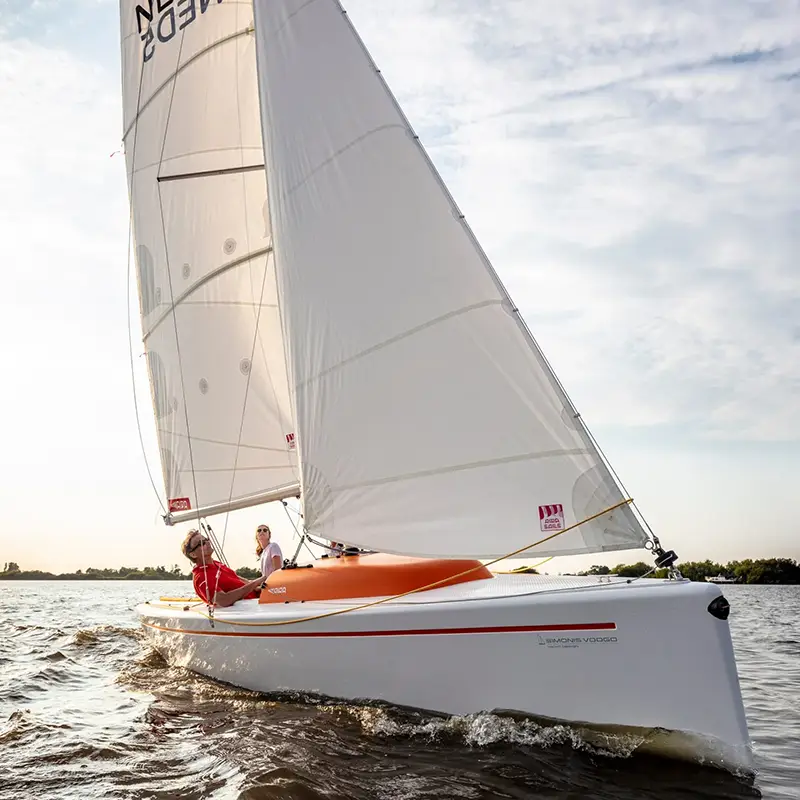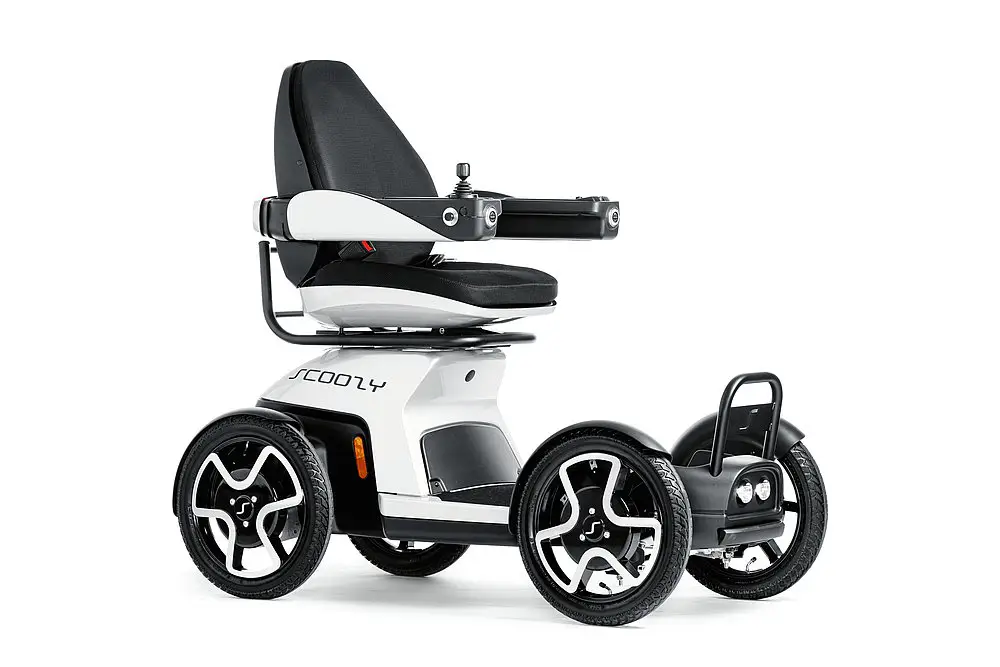Dot Robot offers control solutions for electric vehicles in the light, medium and heavy (off-highway) segments. From a mobility scooter, to an electric boat or an excavator, Dot Robot control has found its way into thousands of vehicles already.
Depending on the application, our control software ranges from PLC-based systems to embedded C-code, or may be written in hardware-dependent languages like Danfoss PLUS+1.
For the control hardware, we make conscious make-or-buy decisions. Standard VCU units suffice for most vehicles, but if specific applications or volumes require so, we build custom controllers at Dot Robot as well.
Thanks to our expertise, we are able to create a completely new electric vehicle, but also to electrify an existing vehicle. Electrification is a good solution, especially in industries where expensive vehicles are not yet fully depreciated, but must meet new standards. In both cases, developing a vehicle places great demands on our experience and knowledge. But what is involved in developing a vehicle? Read more!
A vehicle control system is very complex and uses various components and subsystems to tailor the movement and functionality of vehicles to the user’s wishes. We design and realize vehicle control systems from scootmobiles to excavators and recognize a number of important similarities with each vehicle:
Sensors
Modern vehicles (especially electric vehicles) are packed with sensors. These sensors collect and share data about the condition of the vehicle, the environment and sometimes the driver. Sensor technology includes speed sensors, gyroscopes, accelerometers, distance sensors and camera systems.
Actuators
The actual control of a movement or function is done by an actuator. This includes motors for propulsion, servomotors for steering, brake actuators and actuators for the transmission. In construction equipment, the functions of digging, pushing or lifting must be embedded in the total system. In a sailing boat, for example, in addition to propulsion and steering, the steering of the sails can be linked. The possibilities are endless!


Control algorithms
Processing sensor data and controlling actuators is usually done with the help of algorithms. This involves working with calculations and correlations between, for example, braking power, stability and traction. In the passenger car industry, adaptive cruise control is a good example of a control algorithm.
Communication
As you can also read on our page about System Interfacing, systems of different makes must be able to communicate with each other. This is especially vital in Vehicle Control Systems. This includes communication between engine management, braking system and battery management. The data exchange between these systems is facilitated by so-called internal communication buses, such as a CAN bus (Controller Area Network).

Autonomous systems
Thanks to all the sensor technology and the development of artificial intelligence / machine learning / deep learning systems, vehicles and their operating systems are becoming increasingly advanced. Vehicles are becoming more autonomous, supported by technology such as cameras, lidar, sensors and algorithms for navigating and making decisions. Our expertise in this area is useful in the development of Vehicle Control Systems and, for example, in the design of more autonomous, robotic production lines.
Diagnostics and Maintenance
Vehicle Control Systems depend largely on their ability to detect and report errors and malfunctions. Diagnostic systems help technicians quickly identify and resolve problems. In addition, the data released in a vehicle can be used to optimize its steering characteristics.
Our DotLink Studio is a product that we use to aggregate data from a vehicle or machine and thus manage it.
Power management
Energy management and battery management are essential for electric and hybrid vehicles. Regulating the energy flow between the battery, motor and other systems not only delivers optimal range, but also a better driving and user experience.
Human Machine Interface
Using a vehicle should be intuitive and logical. Especially in vehicles that are highly automated. A nice and clear HMI inspires confidence among drivers (and passengers) and makes operation safe and pleasant. Read more about Human Machine Interface.
Vehicle Control systems are very complex and require expertise in electronics, software and mechanics, among other things. It is not without reason that we feel like a fish in water. In addition to technical expertise, we see that knowledge of legislation and regulations is also indispensable. An exciting field, especially with the rise of autonomous vehicles, electric mobility and artificial intelligence!
We deliver a total package, making it fun and easy for our clients to work with us. We are pragmatic and quick to deliver. Below, you find the most important areas of expertise we employ:
Click the expertise icons to learn more, or contact us directly!
OK, we proudly share our knowledge and stories, but we also back it up with evidence. View examples of vehicles and components that we have developed below!
Your email address and personal data are 100% safe with us. It only takes a few seconds to sign up and if you don’t want to hear from us anymore, unsubscribing is just as easy. Promise!